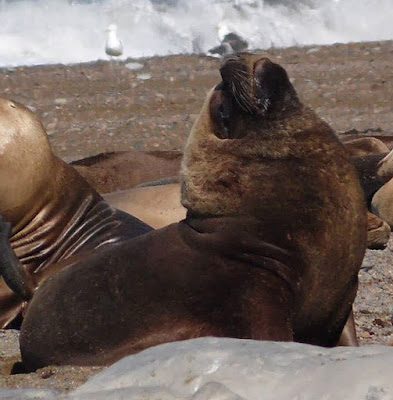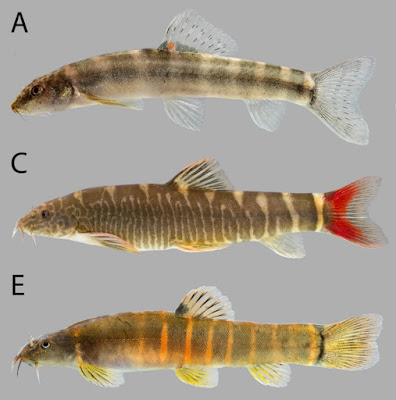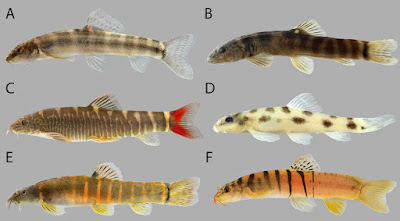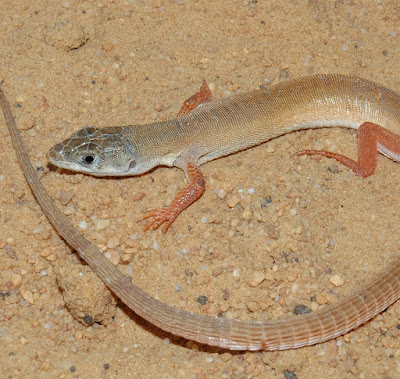[Most Recent Entries] [Calendar View]
Friday, February 22nd, 2019
| Time | Event | ||
| 1:03a | [Mammalogy • 2019] Otaria flavescens (Shaw, 1800) • Solving A Long-standing Nomenclatorial Controversy: Designation of A Neotype for the Southern Sea Lion
During almost two centuries, two available specific epithets have competed for the southern sea lions of the genus Otaria Péron, 1816 (Fig. 1), which is classically regarded as monotypic (but see below). The species distributes more or less continuously along the Atlantic coast from southern Brazil south to Cape Horn and along the Pacific from northern Peru to the west South American Pacific coast . While some researchers have argued that the correct name for this species is Phoca flavescens Shaw, 1800 (e.g., Cabrera, 1940, Rice, 1977; Rodriguez & Bastida, 1993; Teta et al., 2018), others have used P. byronia de Blainville, 1820 (e.g., Allen, 1905; Hamilton, 1934; King, 1978, Oliva, 1988; Berta & Churchill, 2012). This controversy originates from the fact that the diagnosis of the type of flavescens, the oldest epithet and as such the one that has priority, would not match the phenotypic features of the genus Otaria. This view, which favors the usage of byronia for populations of southern sea lions, was strongly defended by Oliva (1988:768), who argued that “…(1) the total length of the holotype [of flavescens]; (2) the size of the external ear; and (3) the color and length of the specimen’s fur do not correspond to any developmental stage of the species.” However, Rodríguez and Bastida (1993:378) discussed these same features reaching a very different conclusion, by indicating that “Shaw’s holotype, collected in the Strait of Magellan, could only have been a newborn pup of Otaria or Arctocephalus australis; its body size (circa 62 cm) could correspond to either species, but the uniform yellowish color is found exclusively in some molted pups of the Southern sea lion. Ear length, though not matching well with the described body length, lies within the recorded range of Otaria, but outside that for Arctocephalus australis.” Sergio Lucero, Sara M. Rodríguez, Pablo Teta, Guillermo Cassini and Guillermo D'Elía. 2019. Solving A Long-standing Nomenclatorial Controversy: Designation of A Neotype for the Southern Sea Lion Otaria flavescens (Shaw, 1800). Zootaxa. 4555(2); 296–300. DOI: 10.11646/zootaxa.4555.2.13 | ||
| 10:15a | [Ichthyology • 2019] A Revised Molecular Phylogeny Reveals Polyphyly in Schistura (Cypriniformes: Nemacheilidae) Abstract There is a general consensus that the genus Schistura (Nemacheilidae), currently with 241 species, is not monophyletic. However, weak morphological synapomorphies and a lack of genetic data for most species of Schistura and their presumptive relatives have prevented meaningful diagnoses of species groups within this genus. To aid in deciphering evolutionary relationships, sequence data from two mitochondrial genes (cytochrome b and D-loop) were implemented in phylogenetic analyses for species of Schistura and other nemacheilids for which data from earlier studies and recently collected material were available. This analysis of 67 nemacheilid species, including 28 species of Schistura, provides the most comprehensive phylogeny of Nemacheilidae to date. In the phylogenetic tree for the combined data set, species of Schistura clustered in three clades. One clade contained 14 species of Schistura and Sectoria heterognathos and was sister to Homatula. A second clade of 11 species of Schistura was in a larger clade with Turcinoemacheilus kosswigi and Nemacheilus corica. The third clade contained three species, all from the Mae Khlong basin of Thailand. Taxonomic implications of these results are discussed; however, a more taxon-rich dataset and nuclear sequence data are needed before making taxonomic changes. Keywords: Pisces, cytochrome b, D-loop, loaches, Nemacheilus Katherine Sgouros, Lawrence M. Page, Sarah A. Orlofske and Robert C. Jadin. 2019. A Revised Molecular Phylogeny Reveals Polyphyly in Schistura (Teleostei: Cypriniformes: Nemacheilidae). Zootaxa. 4559(2); 349–362. DOI: 10.11646/zootaxa.4559.2.8 | ||
| 10:33a | [Herpetology • 2019] Nucras aurantiaca • A New Nucras Gray, 1838 (Squamata: Lacertidae) from the Strandveld of the Western Cape, South Africa
Abstract A striking new sandveld lizard of the Nucras tessellata group is described from the Lambert’s Bay Strandveld of the Western Cape Province, South Africa. It is sister to the clade N. livida + N. tessellata, and is phenetically most similar to N. tessellata, from which it differs in its more elongate body and possibly increased number of presacral vertebrae and patternless orange dorsal coloration. The form elegans, described as a species by Andrew Smith (1838), but treated as an infrasubspecific variant by Broadley (1972), also exhibits weak patterning, but is likely a regional color variant. Nucras aurantiaca sp. nov. is the ninth member of the genus found in southern Africa. Its discovery in the well-collected coastal Western Cape suggests that further herpetofaunal surveys are needed in this region, which is threatened by agricultural activity and tourism-related development. Keywords: Reptilia, Sandveld lizard, Lambert’s Bay, description, molecular phylogeny Nucras aurantiaca sp. nov. Lambert’s Bay Sandveld Lizard Etymology: The specific epithet auriantiaca refers to the conspicuous, mostly unmarked orange dorsal coloration of the new species. Aaron M. Bauer, Jackie L. Childers, Chris Broeckhoven and P. le Fras N. Mouton. 2019. A New Nucras Gray, 1838 (Squamata: Lacertidae) from the Strandveld of the Western Cape, South Africa. Zootaxa. 4560(1); 149–163. DOI: 10.11646/zootaxa.4560.1.8 |
| << Previous Day |
2019/02/22 [Calendar] |
Next Day >> |






